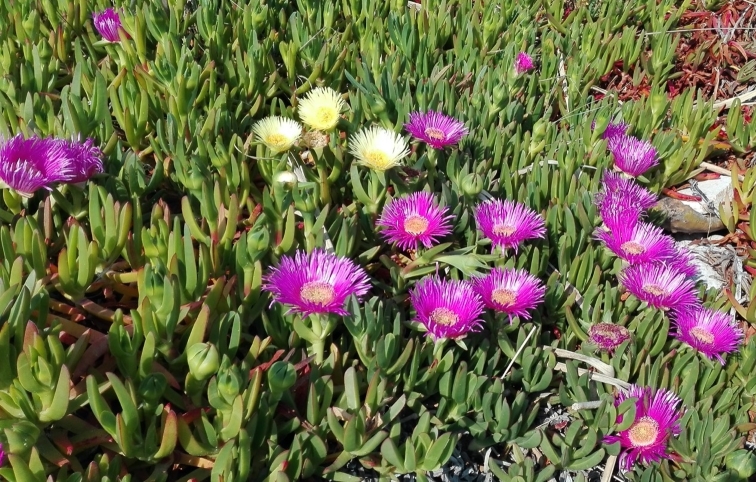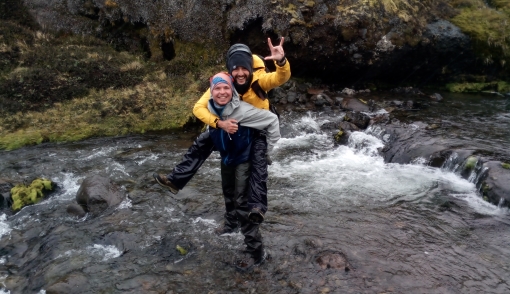Following, some pics taken in the field. Good memories are a perfect means to talk about past experiences..

In this picture, I am with Marco Malavasi, colleague (and good friend). We were taking images with an eBee drone to remotely derive topographic (e.g. elevation, slope and so on) and bio-related (e.g. NDVI) information of a nice sandy beach in Italy. At that time, it was already from a couple of years that I was working with remote sensing data for my PhD. Indeed, my thesis focused on the integration of field-collected floristic data and remotely sensed imagery to analyse the effects of natural and anthropogenic processes on coastal dune vegetation. My PhD supervisor was Prof. Carranza (University of Molise, EnvixLab), and my co-supervisor Prof. Acosta (University of Roma Tre).
Some results of the thesis:
Spoiler: we used LiDAR imagery to describe the morphological profile of coastal plant communities listed as EC-habitats in the European Community Habitats Directive.
Spoiler: we investigated which among human-related, abiotic and biotic factors mostly affect native species richness and cover on Mediterranean coastal dunes.
Spoiler: we explored the effect of shoreline dynamics (erosion and accretion) on dune vegetation diversity.

Pic: Marta Gaia Sperandii
Half of my PhD focused on biological invasions. Specifically, my aim was to 1) use remote sensing data to derive measures of propagule pressure, abiotic and biotic factors, which are known to simultaneously affect the outcome of any invasion event (see Catford et al., 2009 for a wonderful review) and 2) use the obtain information to model the distribution of Carpobrotus sp. on Mediterranean coastal dunes. Here a picture of this nice yet invasive plant, whcih is native to South Africa.
People interested can read something here:
Spoiler: we found out that in spots of bare ground occurring at intermediate sectors of the coastal zonation, abiotic conditions are not too harsh and anthropogenic disturbance is sufficient to favor Carpobrotus sp. invasion.
- Plant invasion risk: A quest for invasive species distribution modelling in managing protected areas
Spoiler: We proposed a species distribution model-based approach to prioritize management of invasive species in networks of protected areas.

After the PhD, I landed at Rennes (Bretagne, France) where I analysed the drivers of plant invasion in harsh sub-Antarctic islands. In the picture, I am with my good friend Rémi, with whom I shared incredible adventures on Possession Island (French sub-Antarctic islands). In this picture, we were crossing a river during a field campagin aimed at sampling data on alien species on the island.
One of the otucomes of this experience is here:
Spoiler: We found out that short, perennial plants with a longer residence time were better able to colonise Possession Island (Crozet Archipelago) than tall, annual plants with a shorter residence time. Jonas Lembrechts, who co-authored the paper, wrote down a very cool piece to summarise our findings. Have a look at it: https://the3dlab.org/2021/07/12/non-natives-at-the-end-of-the-world/